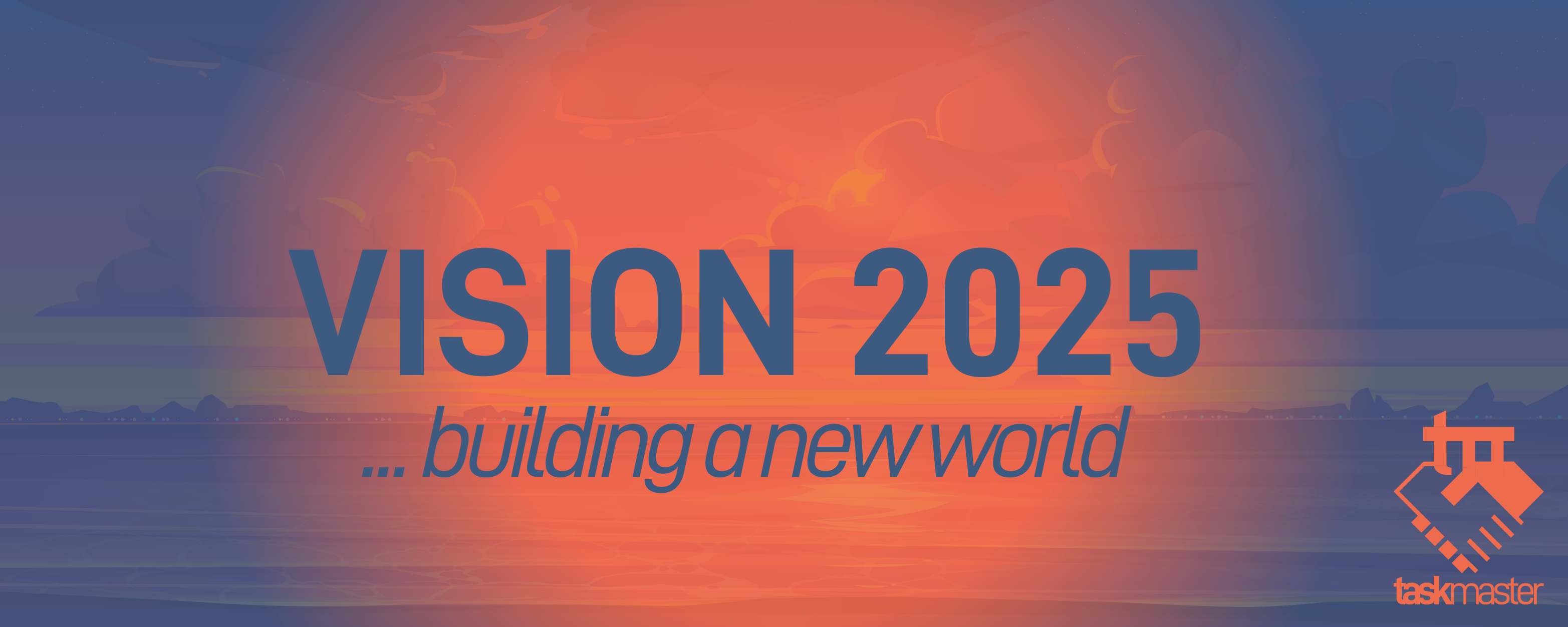This is a bold claim and one that many will scoff at.
Few take the time to consider what a monetary system is. Nor do we give any attention to how it operates. Throughout cryptocurrency we see discussions about money yet nobody is talking about the monetary system. The few times we see the term tossed out there, they are usually referring to a currency like the USD or the central bank system such as the Federal Reserve.
Neither of those captures what we are going to cover here.

Monetary System
A monetary system is made up of two components with another activity that is essential. This is regardless of the form of money being used which, throughout history, has been seashells, cattle, slaves, beads, coins, and paper.
So what is a monetary system? Basically, this is broken down to accounting and communication. Here is the foundation from which is all springs.
Under a phsyical, in-person based system, the accounting is simply the counting of what is in one's pocket. The communication is the merchants saying it is 10 coins for the product. Settlement, the other factor, is when we hand over the money.
This evolved over time especially with the introduction of credit in, roughly, the 1500s.
To start, accounting can also be termed a ledger. Throughout our monetary system, we have a host of ledgers that are maintained. Communication, especially in this era, is now a digital network.
The banks are the ones who are primarily in charge of the monetary system. There are a combination of ledgers going between central and commercial banks. We can see how there are different forms of money being moves around depending upon what we are focusing upon.
Nevertheless, it is still ledgers and digital networks.
Blockchain: The Next Generation
Blockchain is distributed ledger technology. This means that every blockchain is a ledger. It is also a digital network with nodes interacting with each other.
Therefore, each blockchain is a monetary system. They will have different forms of money on them (coins, tokens, NFTs) yet all fulfill the basic characteristics.
Where things start to break apart is when we look at control of the networks. This is a crucial variable to consider. We know the problem with the banking system is the fact the bankers control the network.
There is a simple fact: the one(s) in control of the network also have dominion over the money.
Justin Sun proved this with the Steem takeover.
Many blockchains fall under this same structure. The word decentralized is tossed about yet does not apply. Honestly, there are very few blockchains that qualify. Gary Gensler of the Securities and Exchange Commission is starting to prove this.
Something is not decentralized if it can be regulated, sued, or fined.
Those monetary systems that meet the decentralized requirement are going to be the ones that change the world.
Why Hive Is The Best Monetary System
The analysis starts with the ledger. It is not a matter of how good it is since most networks keep it. The question is who is controlling it?
To find decentralization, we mostly are left with Hive and Bitcoin. The Proof-of-Work mechanism there has gotten to the point where the network, although controlled by 5 or 6 mining pools, is likely beyond a 51% attack.
As stated, nothing about the existing system even attempts to be decentralized.
The next criteria is the communication system. Many claim the best technology does not always win. This is true but not in communication networks. Companies spend millions (even billions) upgrading their systems. It is an ongoing challenge. Think of what Visa has invested in their digital network that operates throughout the world.
Hive blows everything else away.
Bitcoin is obviously not even in the same league. It takes 10 minutes, on a good day, to get consensus on a block. There are times it takes a couple hours for a transaction to complete. This is not very efficient.
We know anything tied to the banking system, especially internationally, is not in the race. Their measurement time is usually days.
Systems like Visa are robust and can give replies within a few seconds, depending upon the phone system. In the United States, an approval is received in under 5 seconds.
The key differentiator is with the settlement. This is part of communication although is often based more on policy.
With Visa, the approval time is rather quick yet settlement takes a day or two. Even when approved, the merchant has to wait for his or her money.
Hive offers one block irreversibility meaning that the transaction cannot be reversed. The average time for this to occur is around 1.6 seconds.
So let us compare: 1.6 seconds versus hours, days, and sometime, weeks when dealing with international transactions (especially with checks).
One More Thing
As we can see, as a monetary system, Hive laps the competition.
It is:
- decentralized
- fast
- rapid settlement
There is one other area that should not be overlooked.
Hive is feeless. This is something that no other network discussed in this article can even begin to approach.
Put all this together and Hive is the best monetary system in the world right now. Looking at the evidence, it doesn't appear there is much even in the same league.
If you found this article informative, please give an upvote and rehive.

gif by @doze

logo by @st8z
Posted Using LeoFinance Beta



